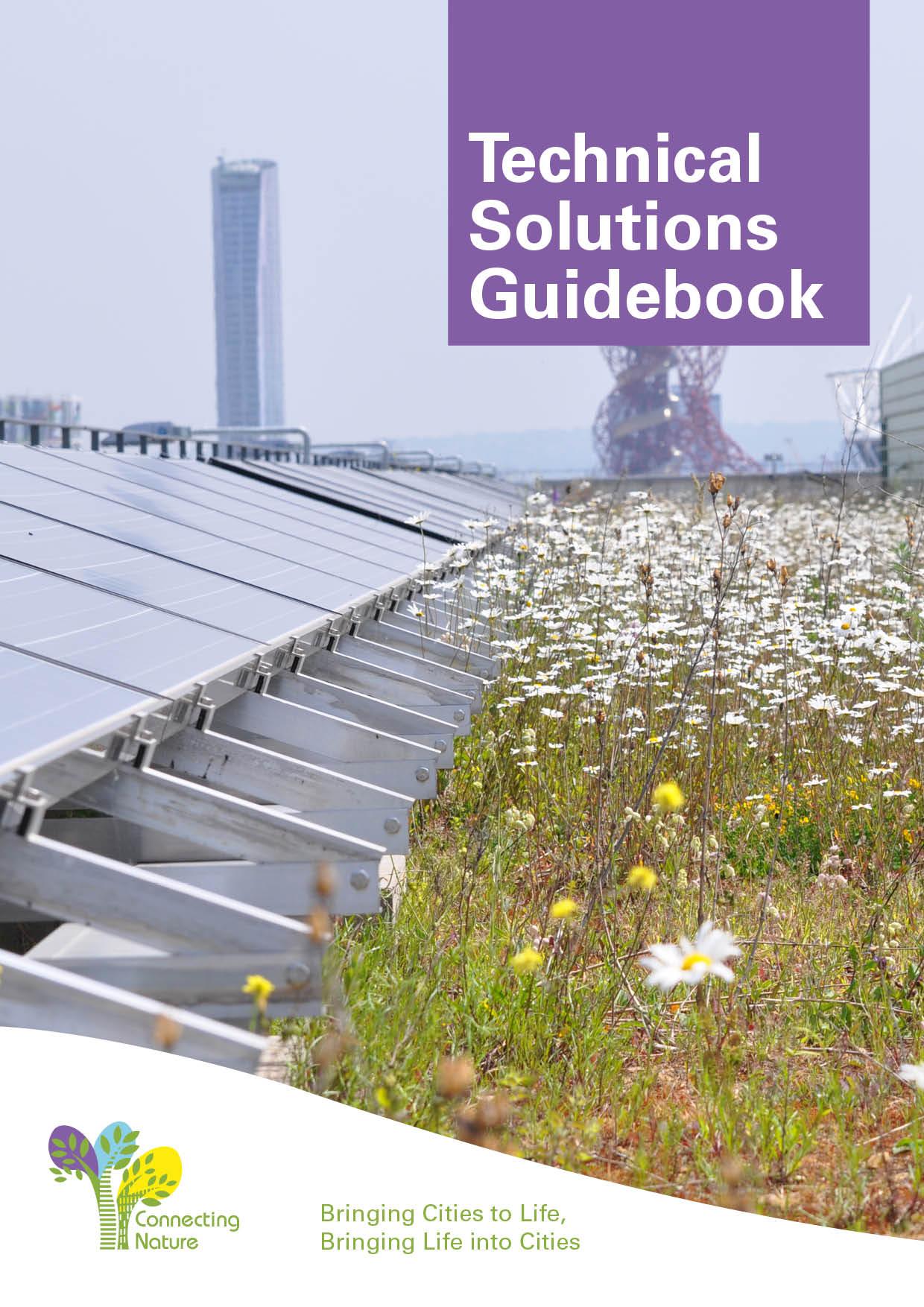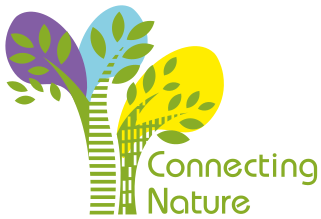Multifunctional technical design that balances local needs and local landscape context. The Connecting Nature framework helps cities and other organisations to design nature-based solutions from a systemic perspective. Our approach considers social, environmental and economic benefits, needs and trade-offs. It builds on the generation of knowledge about local needs and the local context. It also considers impacts, synergies and trade-offs across scales and time.
Technical solutions guidebook 
Technical solutions are the technical components that go into the planning, delivery and the long-term stewardship of Nature-Based Solutions. Technical solutions would include, for example, the type of nature-based solution selected, the plants selected, anything that takes into account the local circumstances and, when it comes to the stewardship or ongoing management of the nature-based solution, feeding the results of evaluation and on-going measurement into the project is also considered a technical aspect.
Technical solutions are one building block of the Connecting Nature Framework.
Download the technical solutions guidebook
Download the Bosnian version of the technical solutions guidebook
ADDITIONAL RESOURCES
A vast number of resources exist to support the delivery of the Technical Solutions building block. These come from a diversity of sources both related to exploring local context and operationalising the intended benefits and co-benefits of any nature-based solution once a thorough understanding of local context has been determined. Resources include established sources of tried and tested information on nature-based solution typologies and methods for reading the landscape. It also includes emerging methods for determining local ecosystem service needs and emerging resources related to novel typologies and approaches to delivering benefits. Examples of useful general resources for supporting the operationalising of nature-based solution benefits and co-benefits, and dealing with trade-offs include:
-
Direct information/support from industry involved in the planning, delivery, or stewardship of nature-based solutions (nature-based enterprises). These enterprises can be identified through a variety of mechanisms including emerging nature-based enterprise marketplaces (e.g. Connecting Nature and Oppla);
- Research & Information Associations, such as green roof associations (e.g. the European Federation of Green Roof Associations), stormwater drainage associations (e.g. Susdrain), etc;
- Case studies on past experiences with nature-based solutions (this includes websites such as Oppla, Naturvation, Connecting Nature, etc);
- Catalogues of nature-based solution typologies (e.g. ThinkNature Nature-based Solutions Handbook);
- Statutory guidance (e.g. local/national government and EU guidance);
- Conservation evidence. This can come in a variety of formats including peer-review journals (e.g. Conservation Evidence), local wildlife trusts (e.g. London Wildlife Trust), and national/global conservation organisations (e.g. IUCN, RSPB, Buglife).
There is a challenge, however, to presenting resources that support incorporation of local context into the Technical Solution building block. This is because it is of critical importance to understand the local landscape, local ecosystems, local species, and the local needs (ecosystem service needs) of the particular locality you are implementing the nature-based solution, rather than relying on generic solutions. As such, it is not possible to generate a concise resource list that is relevant to all localities. Instead, it is important that all practitioners implementing nature-based solutions develop their own locally contextualised resource lists. Several of the Connecting Nature building blocks provide support in this process (e.g. co-production processes to explore local community needs).
Below is a list of some examples that might support cities in how to go about this process for the Technical building block steps:
- UrbanByNature webinar #1: City Needs (Parts 1, 2, 3 & 4)
- UrbanByNature webinar #5: Implementation (Parts 1, 2, 3 & 4).
- Exploring Ecosystem Service Needs of a locality (Pedersen Zari (2015) Ecosystem services analysis: Mimicking ecosystem services for regenerative urban design. International Journal of Sustainable Built Environment 4(1), 145-157.);
- Taking a locally-contextualised multifunctional approach to nature-based solution implementation (Connop et al. (2016) Renaturing cities using a regionally-focused biodiversity-led multifunctional benefits approach to urban green infrastructure. Environmental Science & Policy 62, 99-111.)
- Using ecomimicry to shape the ecology design of nature-based solutions (Nash et al (2019) An ecomimicry design approach for extensive green roofs. Journal of Living Architecture, 6(1), 62-81.)
- Categorising natural landforms on a city scale to inform nature-based solution design: Natural England (2011) London’s Natural Signatures. Report produced by Natural England.
- Green Infrastructure Focus Map to support decision-making in relation to local needs.
- City Experiences of cities that have begun the Connecting Nature Framework journey: Genk, Glasgow, Poznan
